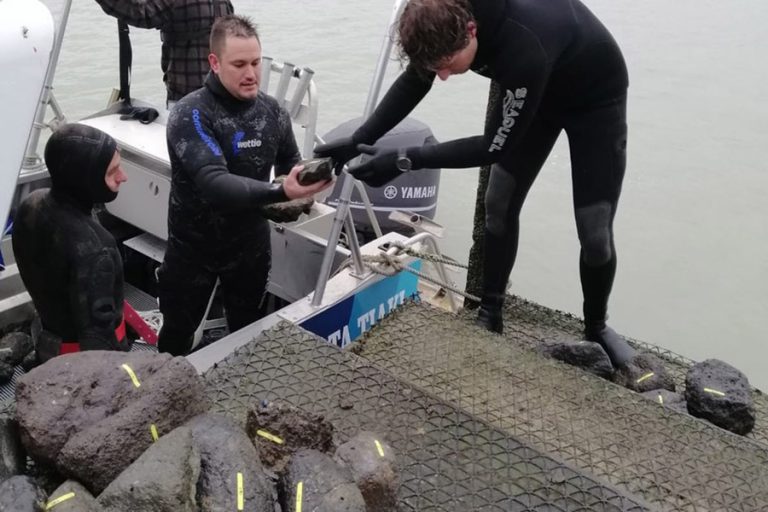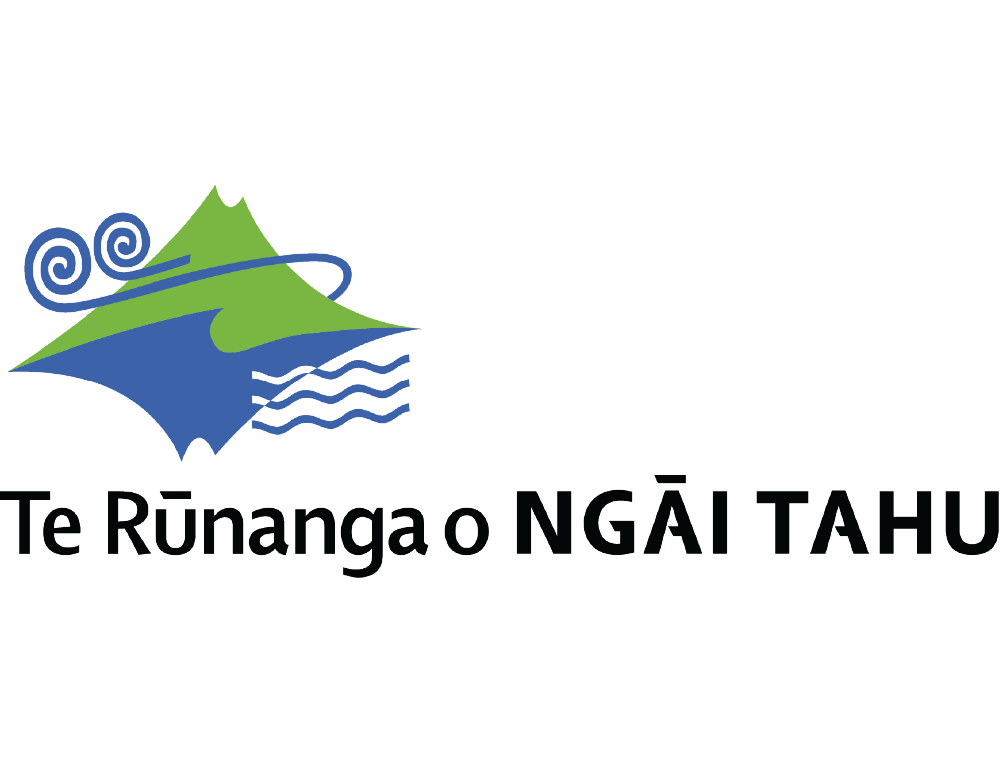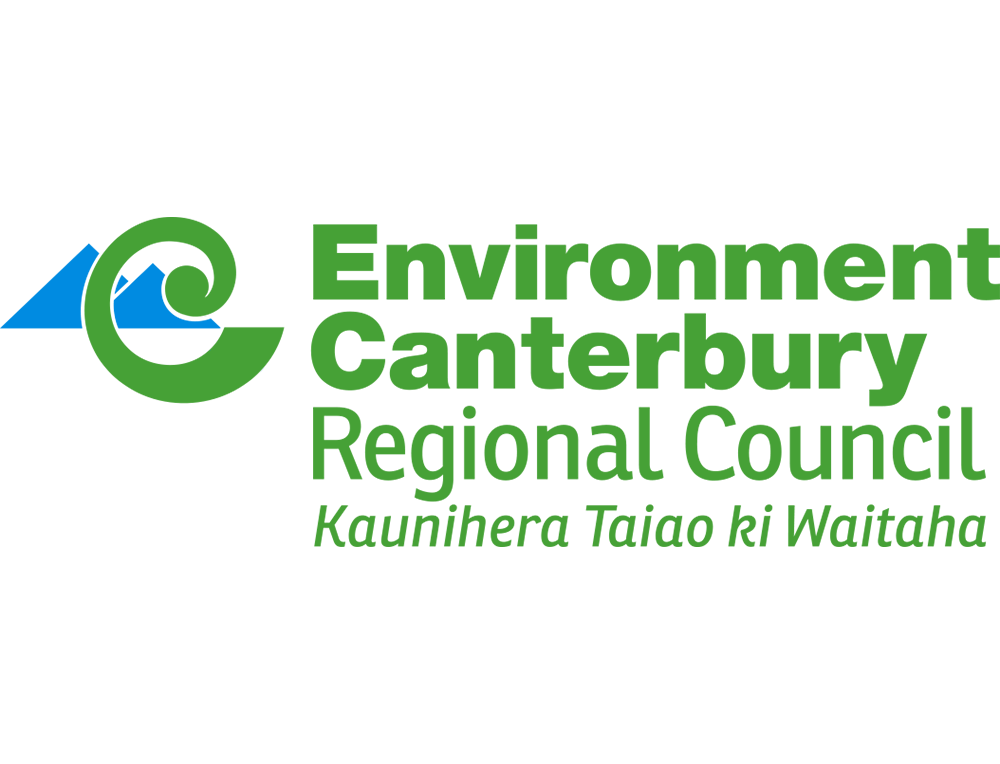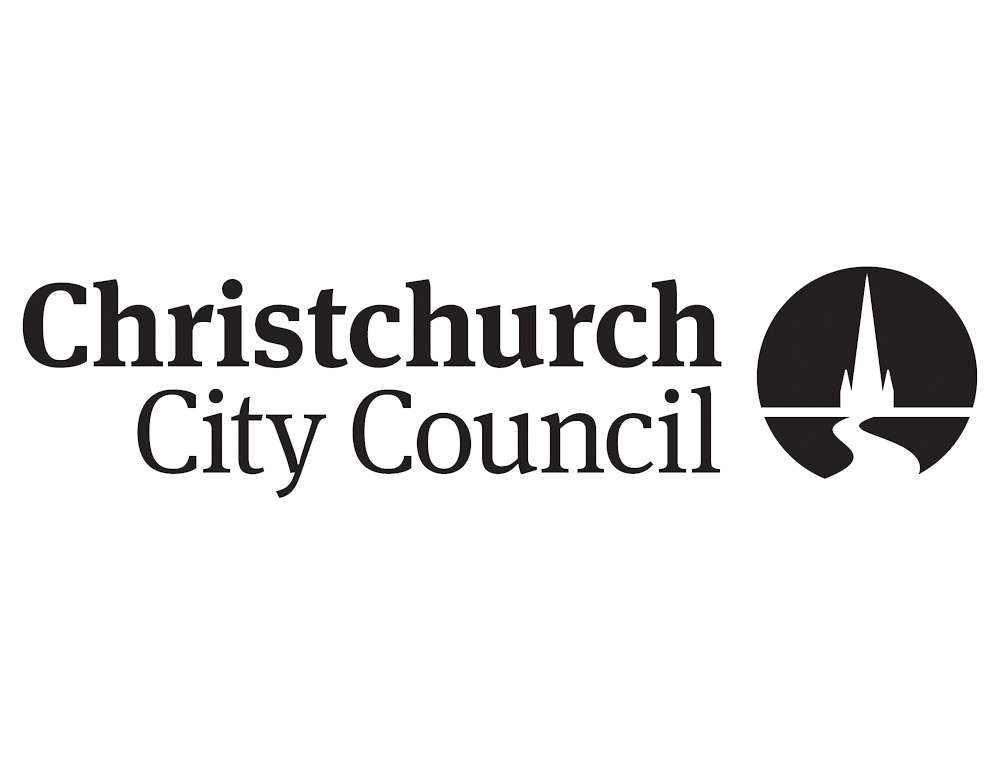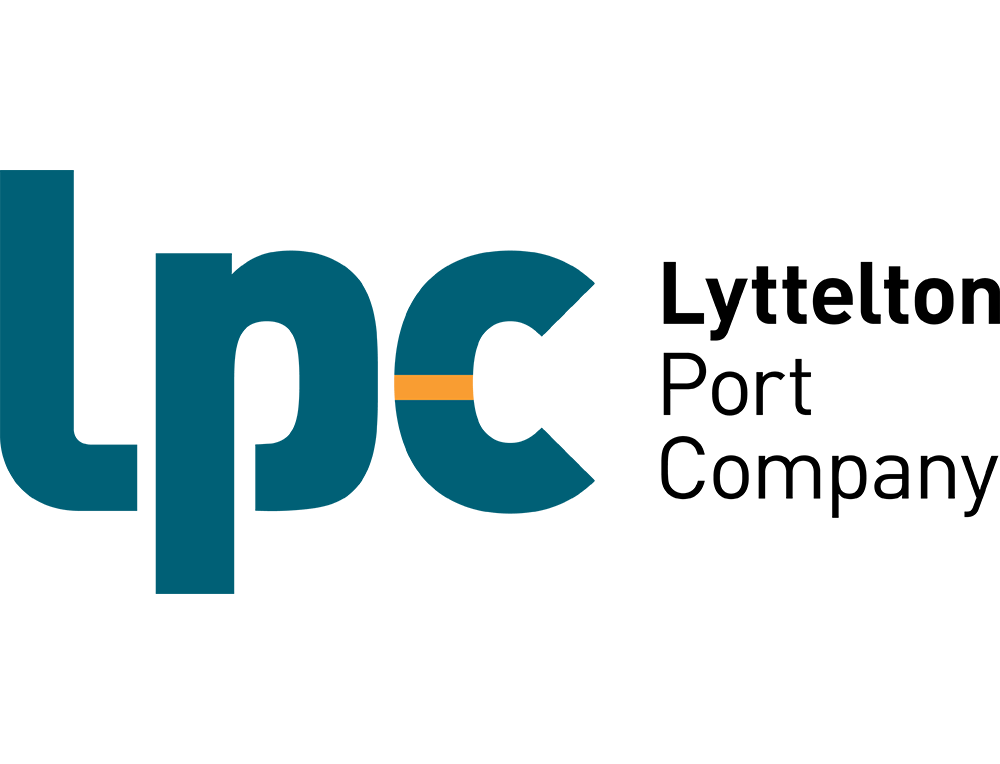The team on the Ngāti Wheke Tangata Tiaki boat working on another ocean restoration project in Whakaraupō/Lyttelton Harbour.
The team is working to remove invasive seaweed species and reseeding those areas with spore taken from native kelp harvested locally and propagated in the lab. The spore has been taken from kelp that has displayed resistance to warming sea temperatures.
In recent years, a number of native kelp species in our harbour and surrounds have been directly impacted by invasive species such as Asian seaweed (Undaria pinnatifida). Innovative approaches are needed to eradicate Undaria which is a direct threat to our local marine environment. It establishes itself quickly and outcompetes our native marine kelp.
Te Hapū o Ngāti Wheke is working closely with Ngāi Tahu, Otago University, Kāti Huirapa Rūnaka ki Puketeraki and the East Otago Taiāpure Committee on an eradication plan to return native biodiversity to Whakaraupō.
Areas within the harbour have been identified and mapped where the work is taking place.
Innovative response to habitat threats
Funding for the first stage of the native kelp reseeding project has come from Live Ocean Foundation, an ocean conservation charity created by Olympic Gold medalists, America’s Cup and SailGP pairing of Peter Burling and Blair Tuke. Live Ocean supports marine science projects that utilise the strength of partnerships.
Otago University’s Department of Marine Science has been working with Te Hapū o Ngāti Wheke and Ngāi Tahu on cultivating native kelp species seeded from kelp found locally in the harbour that have shown resistance to warming water temperatures. Based on the laboratory environment, the cultivation could provide a tangible solution to outcompete Undaria.
What we’re hoping for
If the findings are successful, the result could mean the return of a flourishing native marine habitat that supports native marine biodiversity, that could be applied to other harbours.
“Our dive team alongside Otago University have been resowing cultured tiles in areas where invasive Undaria has been cleared in an effort to test their resilience to climatic change.”
“Hopefully someday we’ll see the return of native species in the numbers that our tupuna (ancestors), parents and us as children enjoyed in years past”
Rāpaki Tangata Tiaki/Kaimahi for Nature programme manager John Kottier.
The process involves attaching the seeded tiles to numbered rocks. These are then logged, placed in a specific predetermined location in the harbour and recorded by GPS for future monitoring including a record of where the kelp spore was harvested. The process then involves testing growth and colonisation rates by other species.
The longer-term plan for the project is to develop an innovative supplier relationship around harvesting Undaria, which will in turn provide the security to offer full-time employment to a small team and a means to fund and sustain this important restoration work.
A successful kelp restoration project will highlight the benefits of recognising indigenous knowledge ‘mātauranga’ alongside western science, along with the value of working in collaboration to achieve successful outcomes that can be applied elsewhere. Valuing both information-gathering traditions is key to the successful outcomes of many outstanding projects being undertaken within the catchment and peninsula.




